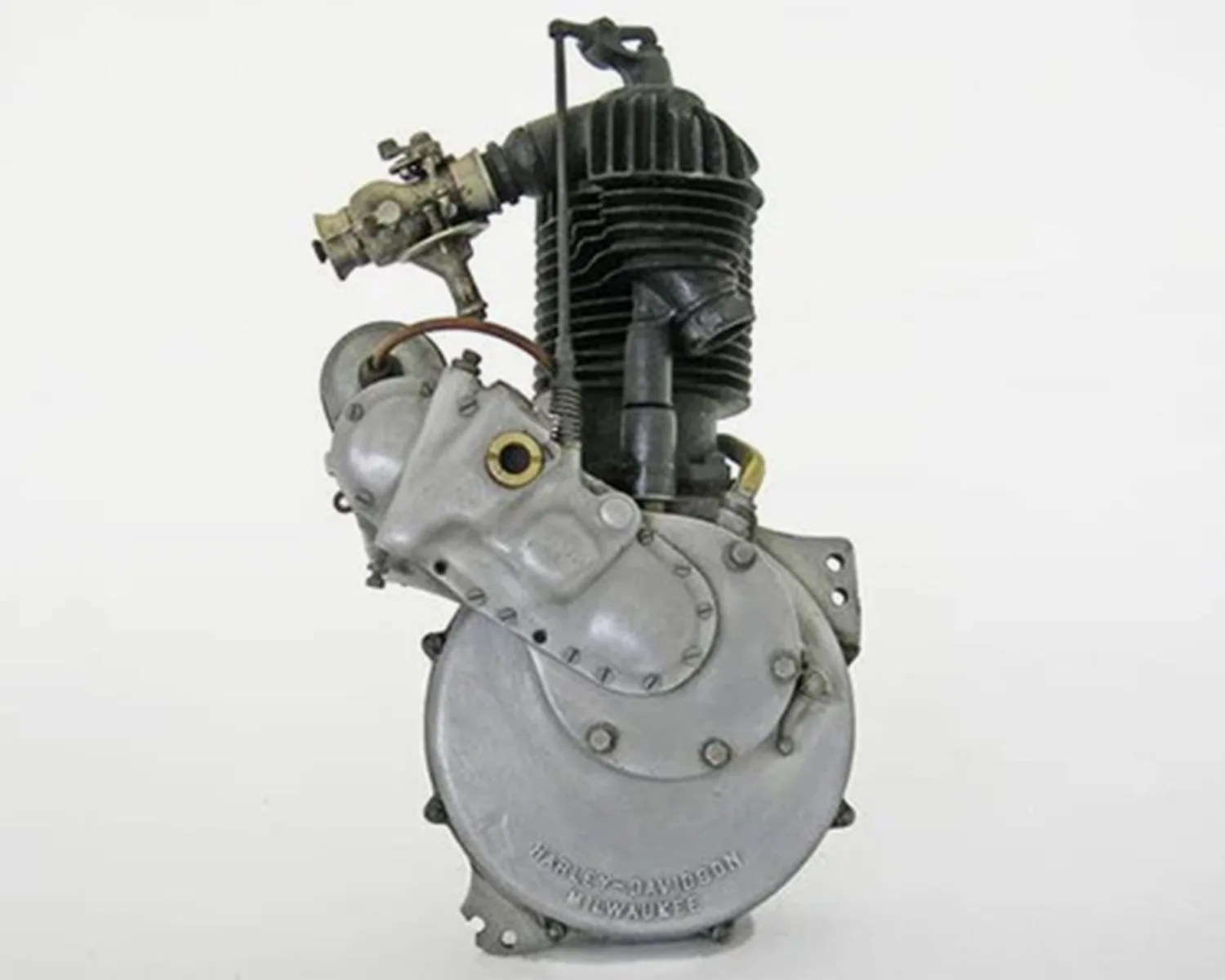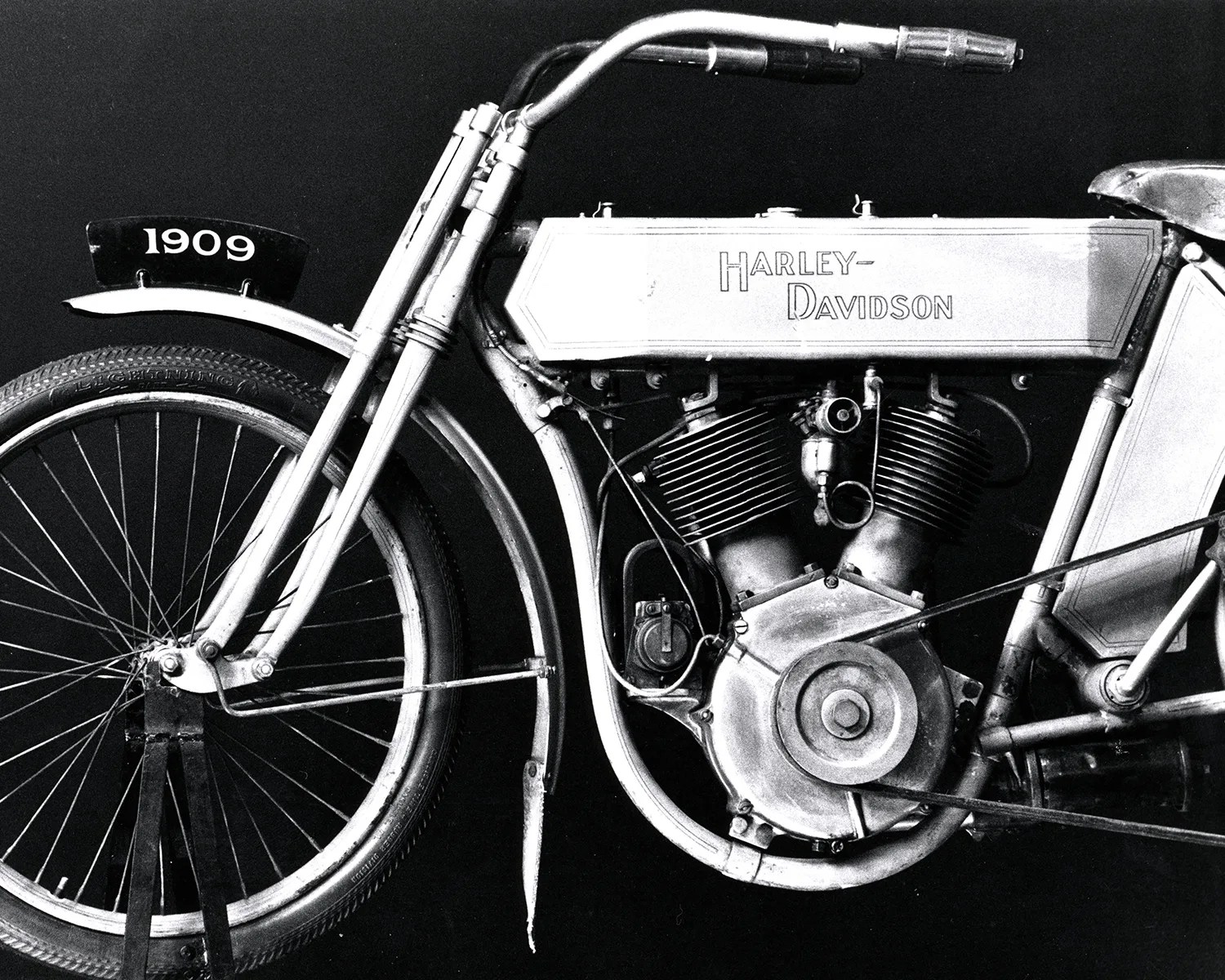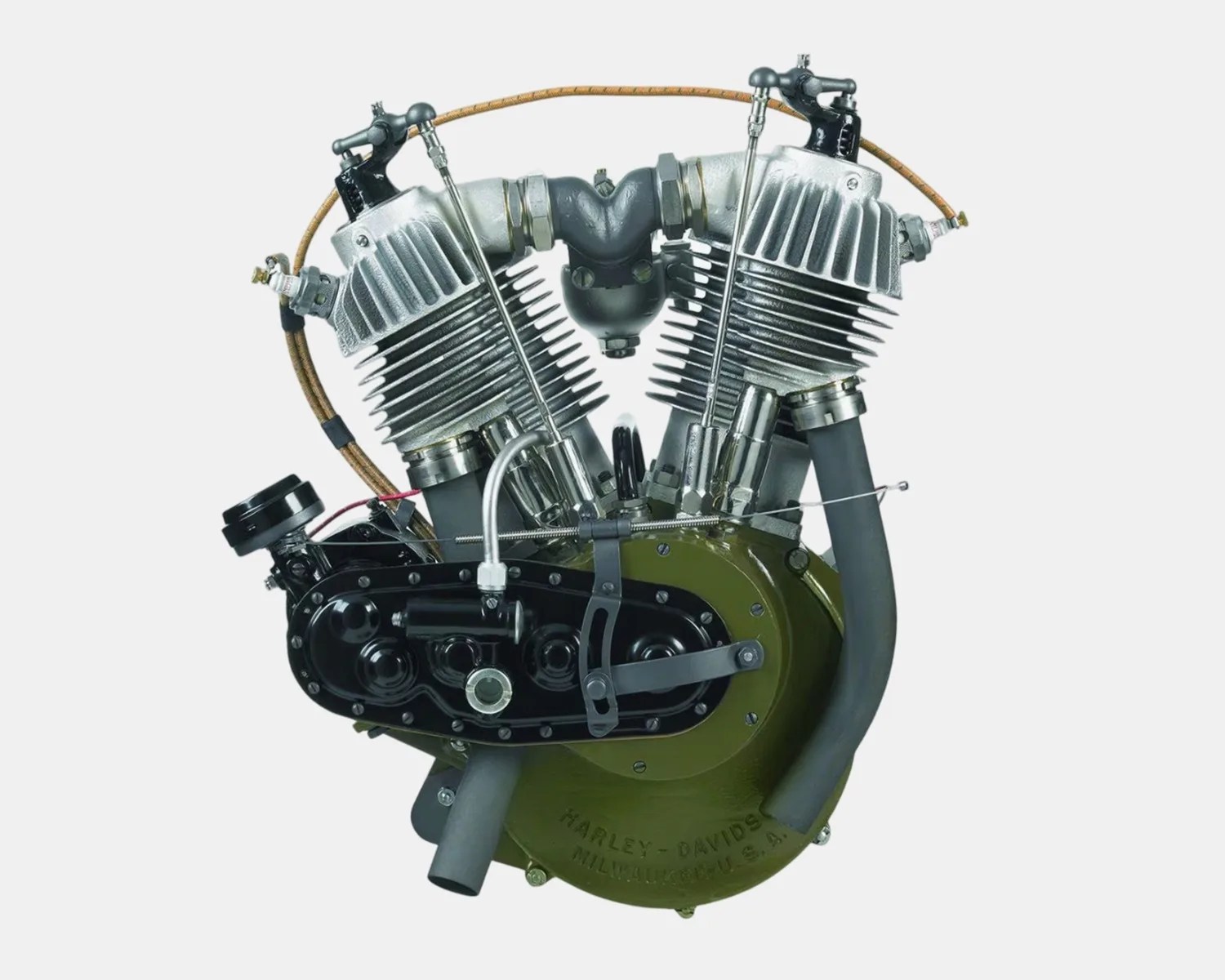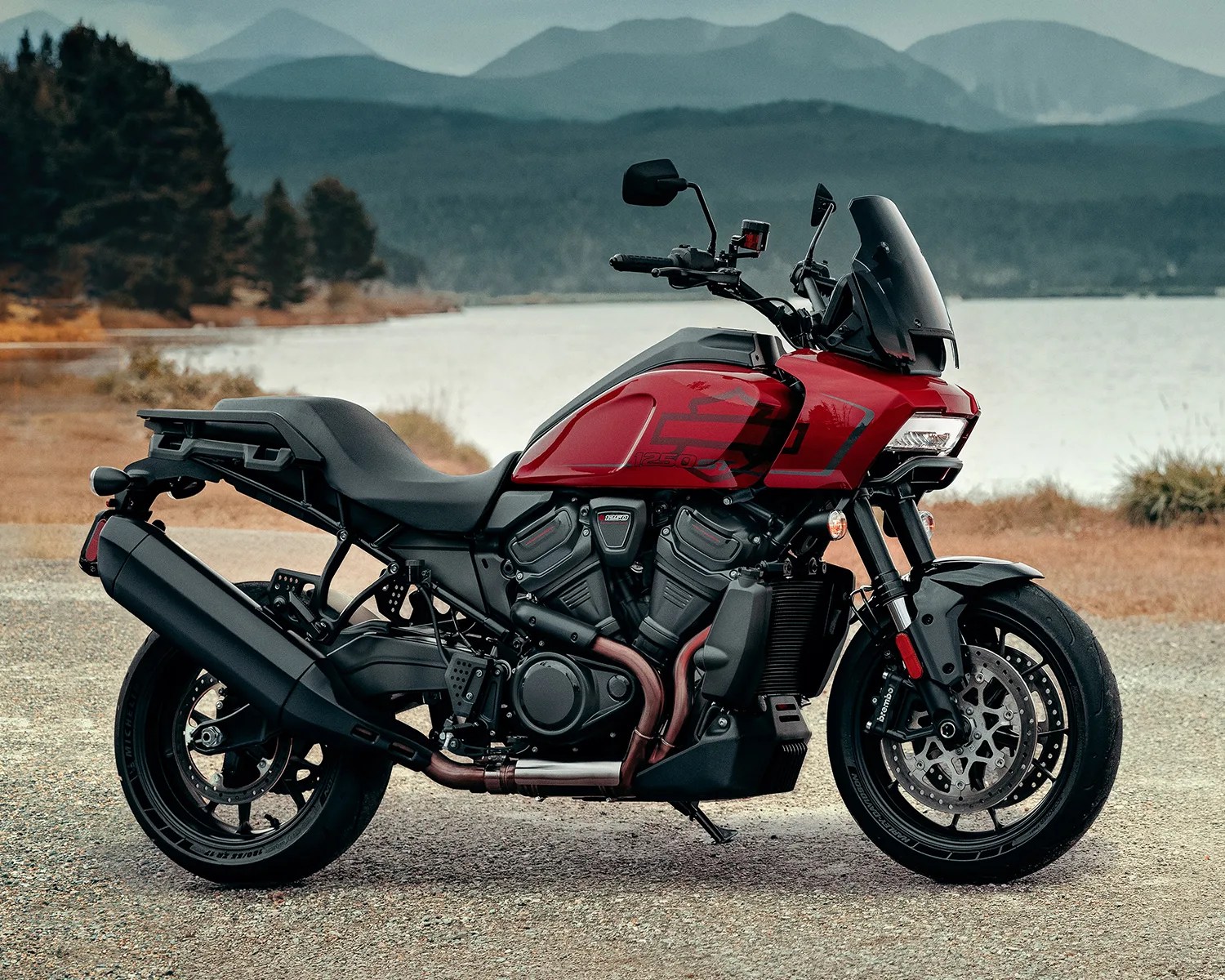Nowadays, the V-twin engine is ubiquitous in the motorcycle world. Powering everything from speedy sport bikes to massive touring machines — and even wedged sideways on some rides — the still-striking dual-cylinder motor is almost inescapable.
However, for those who care about moto history — and innovation — it’s important to remember that was not always the case.
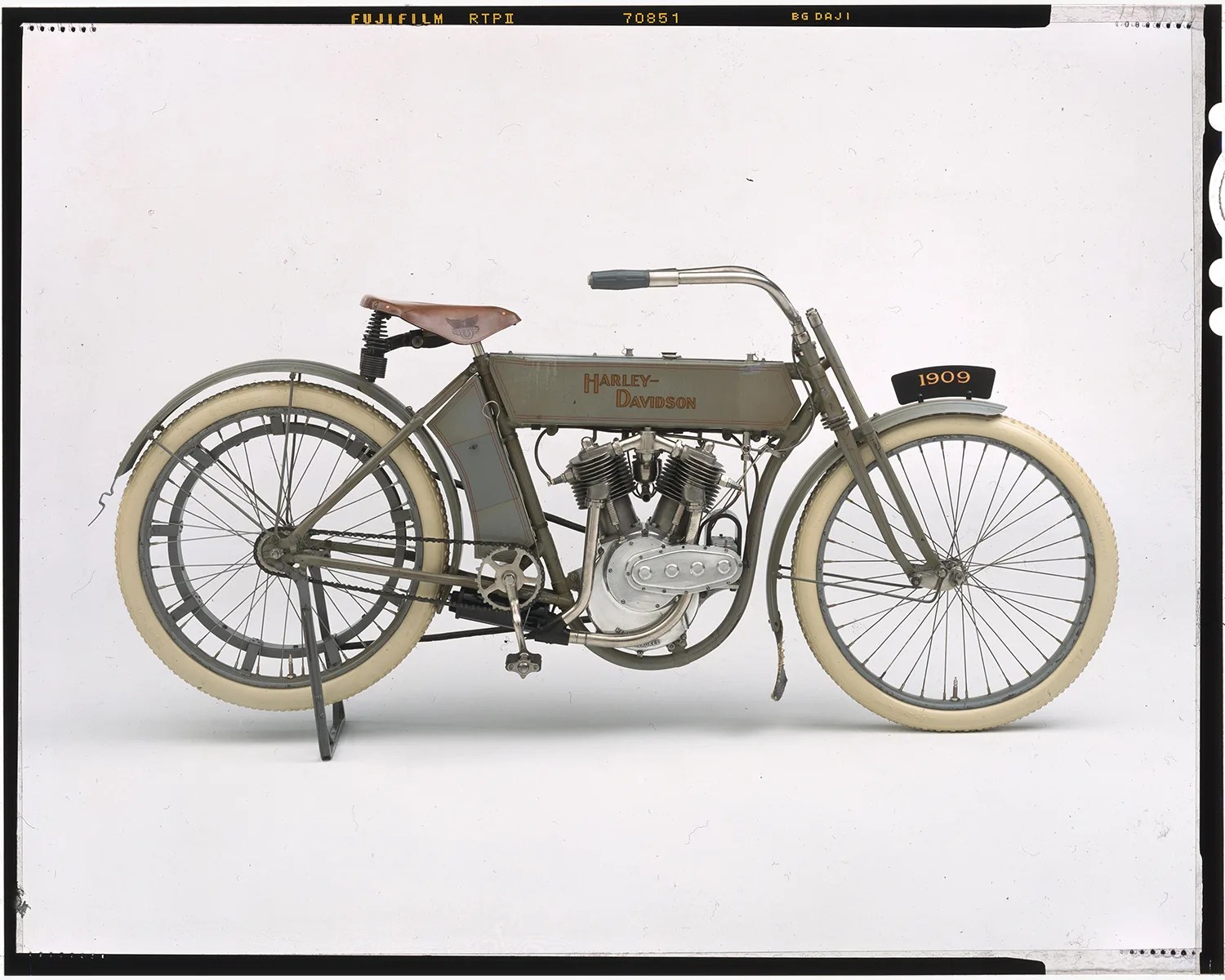
The V-twin did not truly begin its takeover of the two-wheeled world until around 1907, when William Harley, chief engineer of Harley-Davidson, decided to power up the brand’s early bikes by doubling down on cylinders.
What may be even lesser-known, however, is that a V-Twin-powered bike H-D actually wanted on the market did not appear until 1911. Here’s what happened in between.
Double trouble
First off, it’s worth noting that Harley was not the first motorcycle brand to employ a V-twin.
When motos began to emerge in the late 1890s, they were little more than bicycles with often clunky engines bolted on.

